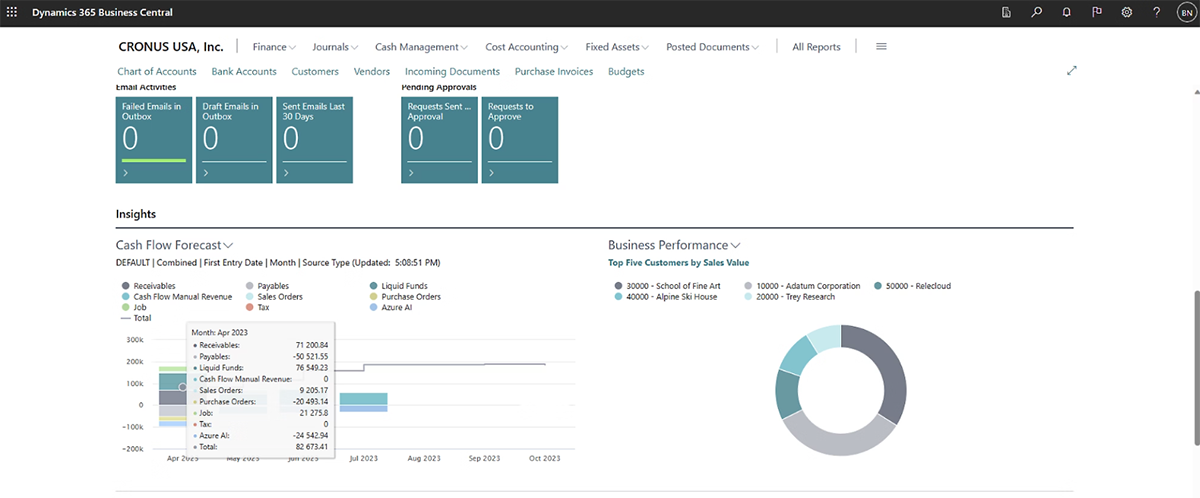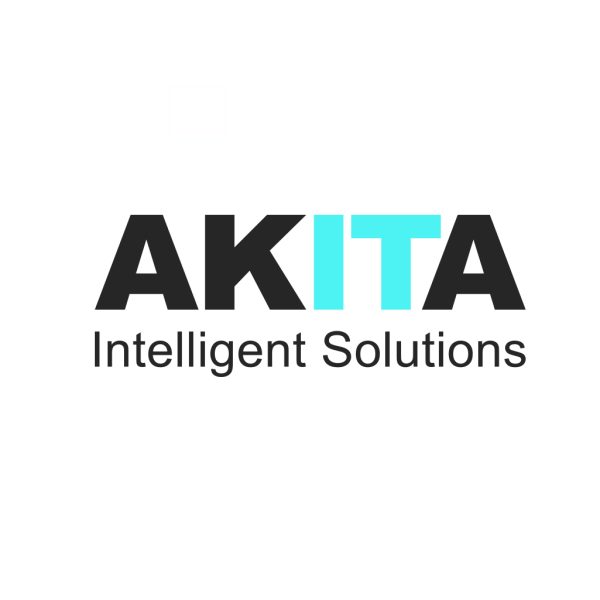With Sage 200 Manufacturing reaching end-of-life in 2025, UK manufacturers face a critical decision point.
The retirement of this core module leaves many businesses relying on legacy setups, bespoke add-ons, or costly workarounds—none of which support long-term efficiency or growth.
Rather than reinvesting in an increasingly modular and disjointed system, this shift presents an opportunity to reassess your ERP platform. Now is the time to ask: should we double down on Sage, or migrate to a more modern, integrated solution?
Two names dominate the conversation for mid-market manufacturers: Business Central vs Sage 200.
This blog explores how each solution meets the operational needs of today’s manufacturing environments - offering a direct, feature-led comparison to guide your next move.
Understanding The ERP Platforms
Sage 200 has long served UK SMEs with core financials and bolt-on modules for manufacturing, inventory, and CRM. However, with Sage 200 Manufacturing being phased out, its appeal to production-focused businesses is diminishing. Continued functionality may require third-party software or extensive customisation.
Dynamics 365 Business Central is Microsoft’s cloud-first ERP solution designed to unify business processes across finance, operations, warehousing, production, and sales. With embedded manufacturing functionality and seamless Microsoft 365 integration, it’s increasingly adopted by manufacturers seeking greater efficiency, automation, and scalability.
Business Central vs Sage 200: Manufacturing-Focused Feature Comparison
| Feature | Business Central | Sage 200 |
| Core Finance & Accounting | Yes – multi-entity, multi-currency | Yes – strong financial core |
| Bill of Materials (BOM) | Multi-level BOM, version control | Limited – basic BOM functionality |
| Production Management | Discrete & process manufacturing support | Being retired in 2025 |
| Shop Floor Control | Work centres, routing, capacity planning | Not available without third-party tools |
| Material Requirements Planning (MRP) | Built-in MRP with demand forecasting | Basic MRP, limited flexibility |
| Inventory & Stock Control | Real-time tracking, batch/serial control | Standard inventory control |
| Warehouse Management | Bin management, zones, pick/put-away workflows | Limited WMS capabilities |
| Sales & Procurement Integration | Fully integrated supply chain workflows | Modular; integrations required |
| CRM & After-Sales Support | Built-in CRM, case management, and service scheduling | Add-on only |
| Power BI & Reporting | Embedded analytics, custom dashboards | Static reports; BI via third-party integration |
| Microsoft 365 Integration | Native – Excel, Outlook, Teams | Available via connectors |
| Cloud Deployment & Scalability | Cloud-first, scalable with updates included | Primarily on-premise, limited cloud options |
| Licensing & Extensibility | Modular, scalable user licensing | Tiered licensing, often requiring add-ons |
Where Business Central Offers a Strategic Edge for Manufacturers
A Unified Production Environment
With Sage 200 Manufacturing being phased out, Business Central offers a fully integrated alternative, combining finance, warehousing, production, and sales in one system. It supports discrete, process, and make-to-order manufacturing, giving you control over the entire production lifecycle without needing bolt-ons.

Enhanced Supply Chain and Stock Visibility
Real-time inventory tracking, batch/serial control, and automated replenishment mean less manual intervention and greater accuracy across the supply chain. Business Central’s built-in MRP ensures you can plan production around material availability, reducing downtime and delays.
Stronger Shop Floor Execution
Business Central enables manufacturers to manage work centres, production routes, shift capacity, and shop floor data capture. These are native features—not third-party enhancements—allowing for accurate job costing, production tracking, and resource scheduling in one place.
Built for Data-Driven Manufacturing
By integrating Power BI directly into the platform, Business Central gives production managers and finance teams instant access to dashboards and KPIs—from output and downtime, to order profitability and material variance. This unlocks faster decisions and continuous improvement across operations.
Seamless Collaboration and Automation
As part of the Microsoft ecosystem, Business Central connects directly with Outlook, Excel, Teams, and SharePoint. Quotations, purchase orders, production updates and reports can flow naturally through the tools your teams already use—improving collaboration from factory floor to boardroom.
Business Central vs Sage 200: Making the Right Move
For manufacturing firms evaluating ERP options in 2025, the question is not just about software—it’s about strategy.
- Sage 200 may still serve organisations with simple manufacturing and strong financial reliance on Sage. But as core modules like manufacturing are retired, ongoing viability becomes uncertain.
- Business Central offers a scalable, cloud-based ERP that supports operational efficiency, data-driven manufacturing, and long-term adaptability.
For manufacturers seeking to modernise, reduce operational friction, and gain better control over production and stock, Business Central presents a robust and future-ready solution.
Looking to assess Business Central for manufacturing requirements? Get in touch to arrange a tailored demo:





